In the realm of wellness, juicing has emerged as a popular trend, with adults seeking to embrace the benefits of liquid nutrition.
Juicing for Toddlers: A Comprehensive Guide to Nutritional Wellness
In the wellness landscape, juicing has emerged as a popular trend, enticing adults with promises of health and vitality.
However, amidst the kaleidoscope of vibrant juices on supermarket shelves, there’s a smaller demographic that often gets overlooked – toddlers.
This article shifts the focus towards the nutritional needs of our little ones, exploring the safety, benefits, and the delicate balance between nutrition and enjoyment in the realm of juicing.
A Liquid Revolution for Adults
Juicing, embraced by health enthusiasts, has carved a niche in the wellness landscape.
Adults seeking detoxification and nutrient infusion have made this liquid revolution undeniable.
From green concoctions promising energy boosts to fruit-based elixirs touting antioxidants, the popularity of juicing is apparent.
Shifting the Focus: Juicing for Tiny Tots
However, in this sea of adult-focused juicing trends, the nutritional needs of our youngest family members often take the back seat.
Today we embark on a journey to unravel the intricacies of juicing tailored to the unique requirements of toddlers, exploring its safety, benefits, and the delicate balance between nutrition and enjoyment.
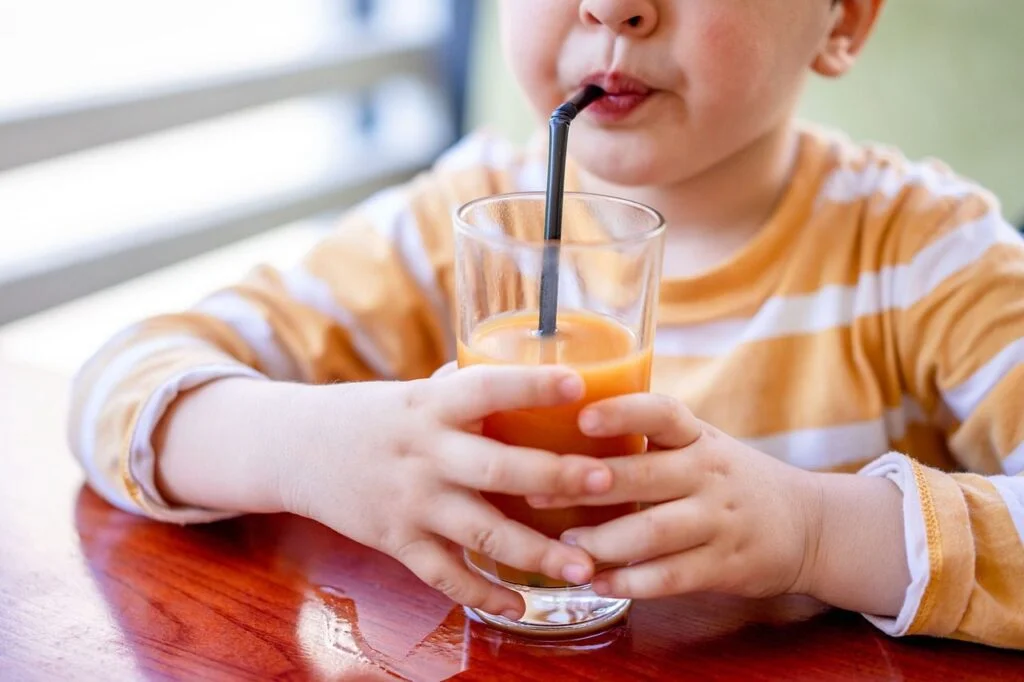
Nurturing Growth: The Vital Role of Nutrition for Toddlers
As parents, nourishing toddlers is a delicate task, recognizing that these formative years lay the foundation for a lifetime of health. The importance of nutrition cannot be overstated. Every bite and sip contribute to their growth, development, and overall well-being.
Is Juicing Safe for Tiny Sippers? Unpacking Concerns
As we explore the suitability of juicing for toddlers, it’s paramount to address safety concerns. Juicing, while providing essential nutrients, raises potential pitfalls, especially concerning sugar content and its impact on tooth health.
Juicing and the Sugar Quandary
The sweetness juices contain is undeniably delightful, but it comes with a caveat. Commercial fruit juices, even those labeled as ‘natural,’ often conceal a significant amount of added sugars.
These sweet additives can contribute to an excess of empty calories, raising concerns about the impact on a toddler’s overall health.
Potential Impacts on Tooth Decay
Beyond the sweetness, the specter of tooth decay casts a shadow. The sugary content in juices becomes a breeding ground for bacteria in the mouth, leading to enamel erosion and cavities.
As toddlers’ teeth are in the early stages of development, this vulnerability demands careful consideration when introducing them to the world of juices.
The upcoming sections will explore the potential benefits of juicing for our little ones, shedding light on how to strike a balance between the nutritional advantages and the need to safeguard their dental health.
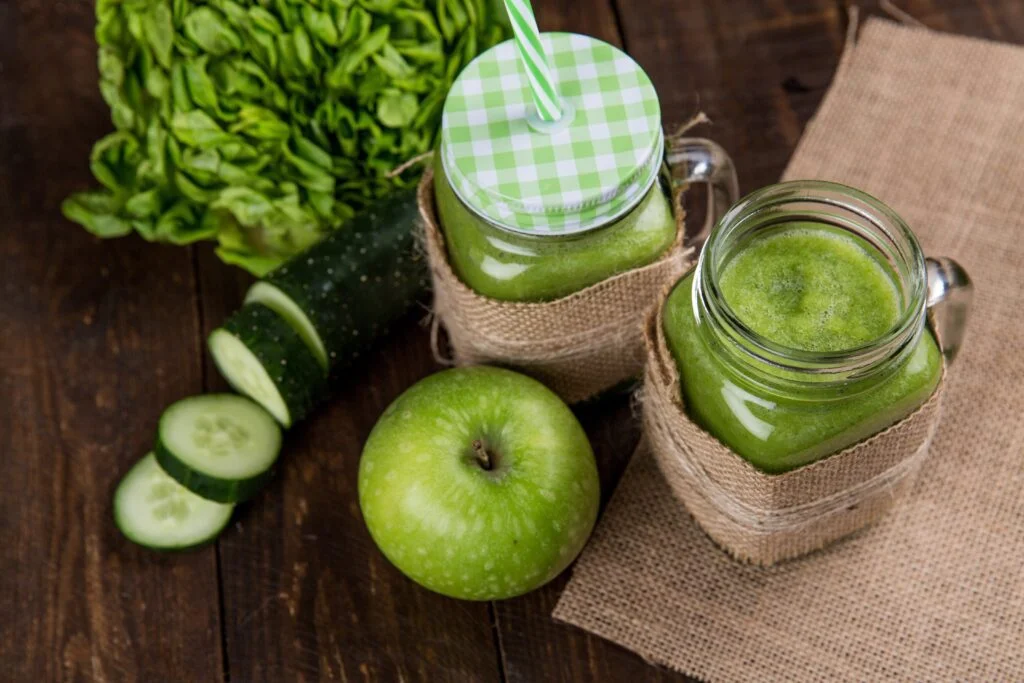
Are There Benefits to Juicing for Toddlers? Unveiling Nutritional Riches
When approached mindfully, juicing becomes a conduit for essential nutrients and a potential powerhouse for boosting the immune system.
Essential Nutrients Unveiled
Juices, crafted from an array of fruits and vegetables, can serve as a concentrated source of essential nutrients crucial for a toddler’s growth. From vitamin C in citrus fruits to the antioxidant properties of berries, the diversity of flavors translates into a diverse nutrient palette.
Supporting Developmental Milestones
These nutrients play a pivotal role in various aspects of a toddler’s development, from bone strength to cognitive function. As we introduce our little ones to the world of juicing, we essentially open the door to a spectrum of vitamins and minerals essential for their overall well-being.
Empowering the Immune System
One standout benefit of juicing for toddlers lies in its potential to boost their immune systems. Fruits like oranges and berries, common ingredients in toddler-friendly juices, are brimming with immune-enhancing properties. Vitamin C, in particular, acts as a natural defender against common infections.
Guarding Against Nutrient Deficiencies
In a world where toddlers can be notoriously picky eaters, juicing becomes a valuable ally in ensuring they receive a robust supply of immune-boosting nutrients.
By creating enticing juice blends, parents can fortify their little ones against nutrient deficiencies that might compromise their immune resilience.
As we venture further into the landscape of juicing for toddlers, the subsequent sections will explore the nuances of crafting kid-friendly juice recipes.
These recipes not only cater to taste preferences but also strategically incorporate essential nutrients, transforming juicing into a delightful and nutritious experience for our growing kids.
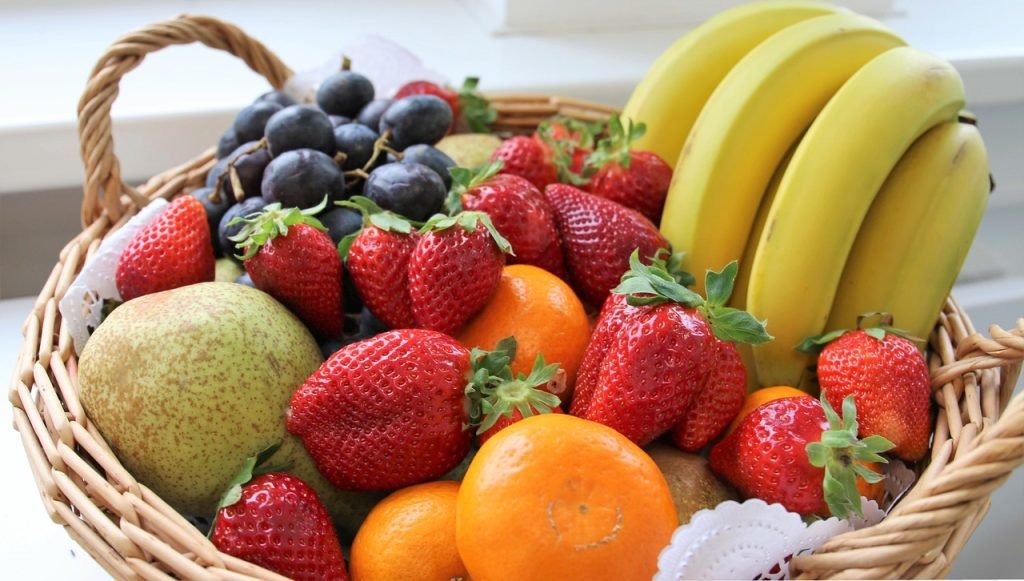
Nutritional Aspects of Juicing for Toddlers: Unveiling the Goodness
Let’s examine the unique contributions of different fruits, understand the benefits of diverse juice recipes, and then distinguish between store-bought and homemade juices.
Essential Nutrients Uncovered
Unlocking the Bounty of Fruits: Each fruit in the juicing repertoire brings a distinct nutritional profile to the table. Oranges supply immune-boosting vitamin C, bananas contribute muscle-nurturing potassium, and berries offer antioxidants for overall health.
In discovering the nutritional richness of various fruits, parents can strategically craft juices that cater to their toddler’s evolving needs.
Diversity in Juice Recipes
The true beauty of juicing lies in its potential to provide a diverse array of nutrients. Mixing and matching fruits not only create enticing flavors but also ensure a holistic intake of essential vitamins and minerals.
This diversity acts as a nutritional insurance policy, guarding against potential gaps in a toddler’s diet.
Store-Bought vs. Homemade: Decoding the Differences
Unmasking Added Sugars in Commercial Juices: While the allure of convenience may draw parents to store-bought juices, a critical examination of labels unveils a hidden menace – added sugars.
Commercial products, even those boasting health claims, often contain excess sugars detrimental to a toddler’s well-being. Scrutinizing labels empowers you as a caring parent to make choices aligned with your child’s health.
Championing Homemade Goodness
Crafting juices at home emerges not just as a culinary endeavor but a health-conscious choice. The process allows meticulous control over ingredients, eliminating the risk of hidden sugars.
Advocating for homemade juice recipes promotes customization based on a toddler’s taste preferences, ensuring a delightful and nutritious beverage.
Juicing vs. Smoothies for Toddlers: Weighing the Options
Let’s contrast the benefits and drawbacks of these juice choices, paying close attention to texture, fiber considerations, and how nutrient retention differs between the two processes.
Texture and Fiber Considerations
Juicing: A Smooth Sip
Juices, with their smooth and liquid consistency, appeal to tiny taste buds, making them an attractive option for toddlers who might be finicky about textures.
However, this process extracts the fiber content from fruits and vegetables, potentially missing out on the benefits of this essential component.
Smoothies: Embracing Fiber’s Embrace
Smoothies, on the other hand, retain the fiber from fruits and vegetables, providing a thicker and more substantial texture. This can contribute to a sense of fullness, potentially curbing excessive snacking, and, crucially, supports digestive health in toddlers.
Nutrient Retention in Juicing vs. Blending
Juicing: Concentrated Nutrient Burst
Juicing excels in delivering a concentrated burst of essential nutrients. The extraction process releases vitamins and minerals in liquid form, facilitating quick absorption.
This is advantageous for toddlers who may need a swift nutrient infusion, especially when dealing with picky eating habits.
Blending: Fiber-Packed Nutritional Powerhouse
Smoothies, by retaining fiber, offer a nutritional powerhouse. The fiber content slows down the absorption of sugars, providing a steady release of energy.
This not only contributes to a longer-lasting feeling of fullness but also promotes stable blood sugar levels in toddlers.
The upcoming sections will explore the safety considerations and potential benefits of incorporating these liquid wonders into a toddler’s diet.
By unraveling these layers, we aim to equip parents with insights that empower them to make informed choices aligned with their child’s unique nutritional needs.
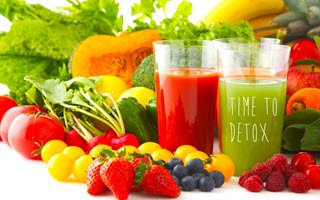
Kid-Friendly Juicing Adventures: Crafting Delightful Blends
In our journey to nurture toddlers through juicing, the spotlight now turns to the creative realm of kid-friendly juice recipes. These blends not only promise essential nutrients but also captivate tiny taste buds with delightful flavors. Let’s explore the Apple and Grape Delight, Carrot-Orange Bliss, and the vibrant ABC Juice (Apple, Beetroot, Carrot).
Creative and Nutritious Recipes
Apple and Grape Delight: A Sweet Symphony
Combine the crispness of apples with the juiciness of grapes for a symphony of sweetness. Apples bring vitamins, while grapes contribute antioxidants. This blend not only delights taste buds but also provides a nutritional boost that toddlers can enjoy.
Carrot-Orange Bliss: A Vitamin A Extravaganza
Carrots, rich in vitamin A, team up with the citrusy goodness of oranges for a blend that’s not only vibrant but also packed with immune-boosting nutrients. The natural sweetness makes it a hit with toddlers, ensuring they get a dose of essential vitamins.
ABC Juice – Apple, Beetroot, Carrot: A Colorful Trio
This vibrant concoction brings together the goodness of apples, the earthiness of beetroot, and the sweetness of carrots. The result? A colorful elixir rich in vitamins, minerals, and antioxidants.
The ABC Juice ensures a diverse nutrient intake while appealing to toddlers with its visually enticing hue.
Ensuring Appeal for Tiny Tastebuds
Incorporating Familiar Flavors: The key to a toddler’s heart lies in familiarity. Incorporating flavors they already enjoy, such as the sweetness of apples or the familiarity of oranges, ensures that the introduction to these nutritious juices is met with enthusiasm.
Using Vibrant Colors to Attract
Toddlers are naturally drawn to vibrant colors. Crafting juices with a rainbow of hues not only makes the experience visually stimulating but also hints at the diverse nutrients within.
This visual appeal can turn sipping juice into an exciting and positive moment for toddlers.
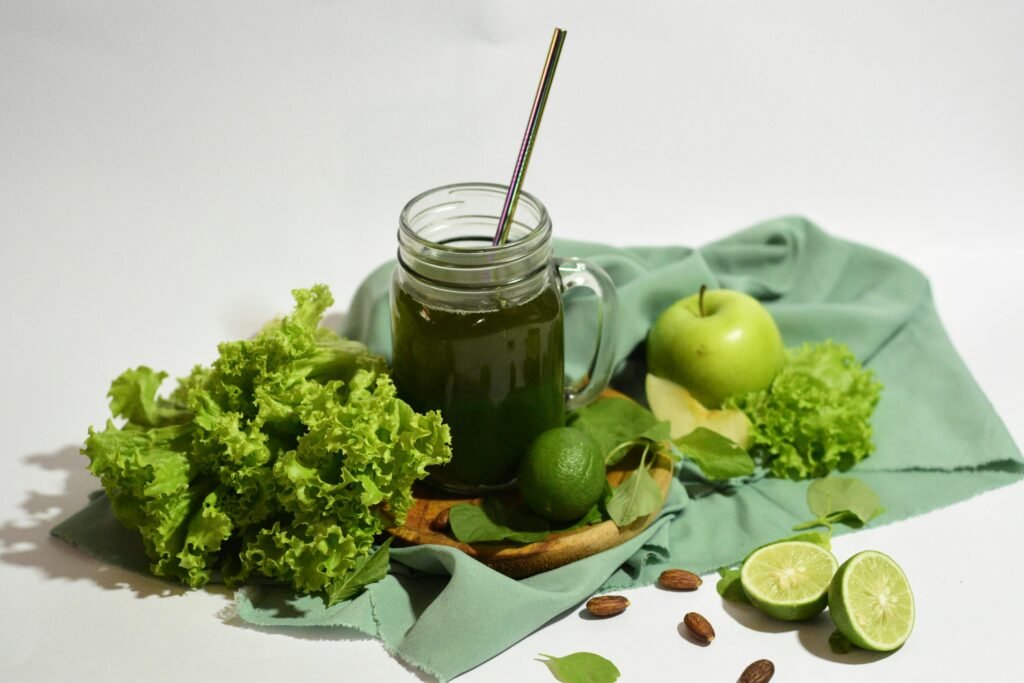
Balancing Act: Juices and Whole Fruits for Tiny Tummies
In the pursuit of optimal nutrition for toddlers, striking a balance between juices and whole fruits becomes a key consideration.
Let’s delve into the importance of a varied diet, exploring the benefits of consuming whole fruits and finding the equilibrium between liquid sustenance and solid nourishment.
The Importance of a Varied Diet
Discussing the Benefits of Whole Fruits: Whole fruits bring a symphony of textures, flavors, and nutrients to the toddler’s plate.
From the chewiness of apples to the succulence of berries, the experience of consuming whole fruits extends beyond mere nourishment. It fosters sensory exploration, contributes to oral and dental health, and introduces toddlers to a diverse array of tastes.
Finding a Balance Between Juices and Solid Foods
Harmonizing Juices with Solid Nourishment: While juices offer a convenient means of nutrient delivery, they should not replace the wholesome experience of biting into solid fruits. Solid foods provide essential dietary fiber, promoting digestive health and offering a sense of satiety. By finding a harmonious balance, parents can ensure that their toddlers benefit from both the nutritional richness of juices and the tactile joy of whole fruits.
In our forthcoming exploration, we will heed the wisdom of the American Academy of Pediatrics (AAP), uncovering their guidelines on juice consumption for toddlers. Understanding these recommendations equips parents with the knowledge needed to make informed decisions, fostering a holistic approach to the nutritional well-being of their little ones.

Navigating Toddler Nutrition: Insights from the American Academy of Pediatrics (AAP)
The American Academy of Pediatrics (AAP) stands as a beacon, offering clear guidelines on juice consumption for our little ones. Let’s gain an overview of these guidelines, exploring recommended daily limits and key considerations for parents.
Overview of AAP Guidelines on Juice Consumption for Toddlers
Setting Recommended Daily Limits: The AAP advocates for moderation when it comes to juice consumption for toddlers.
These guidelines serve as guardrails, steering parents away from excessive intake that could potentially lead to health issues.
Understanding the recommended daily limits empowers parents to make choices aligned with their child’s well-being.
Key Considerations for Parents
Balancing Nutritional Benefits and Risks: The AAP guidelines extend beyond mere numerical limits; they delve into the nuances of balancing nutritional benefits with potential risks.
Parents are encouraged to consider the overall diet of their toddlers, ensuring that juices complement, rather than overshadow, the intake of essential nutrients from a variety of food sources.
The Role of Whole Fruits
Emphasizing the importance of whole fruits, the AAP urges parents to view juices as part of a broader dietary picture. Whole fruits provide fiber, contributing to digestive health and offering a sensory-rich eating experience.
By integrating both juices and whole fruits, parents can ensure a well-rounded diet that addresses various nutritional needs.
The Importance of Age-Appropriate Portions
As toddlers transition from a milk-centric diet to including solid foods, portion sizes play a crucial role. The AAP emphasizes age-appropriate portions to avoid overconsumption of juices, which can displace other essential food groups.
Understanding the evolving dietary needs of toddlers allows parents to tailor their approach, fostering healthy eating habits from a young age.
Dilution as a Strategy
One practical approach endorsed by the AAP is diluting juices with water. This not only helps manage the sugar content but also introduces toddlers to the concept of balanced flavors.
Gradually diluting juices can serve as a transitional phase, allowing toddlers to acclimate to less sweetness while still enjoying the hydrating benefits of these beverages.
Sippy Cups and Dental Health
The AAP also provides insights into the choice of containers for juice consumption. Sippy cups are a popular choice among parents, but their prolonged use filled with sugary liquids can pose risks to dental health.
The AAP recommends limiting the use of sippy cups and transitioning to regular cups as toddlers grow. This promotes proper tongue and mouth development while reducing the prolonged exposure of teeth to sugary substances.

Juice Intolerance in Toddlers: Recognizing Potential Red Flags
While juices can be a valuable addition to a toddler’s diet, it’s essential to be vigilant for signs of intolerance or adverse reactions. Understanding the potential red flags enables parents to navigate the juicing journey with a watchful eye on their child’s well-being.
Digestive Distress: A Warning Sign
Toddlers with juice intolerance may exhibit digestive distress, including symptoms such as bloating, gas, or diarrhea. These signs indicate that their digestive systems may not be processing the sugars or acids in the juice effectively.
Monitoring the frequency and intensity of these symptoms can guide parents in assessing the suitability of specific juices for their child.
Allergic Reactions: Unmasking Sensitivities
Juices often involve a mix of fruits, and toddlers can develop sensitivities to specific ingredients.
Allergic reactions, such as rashes, hives, or swelling, should be closely monitored. Identifying potential allergens and consulting with a pediatrician can help tailor a juicing plan that aligns with a toddler’s dietary needs and sensitivities.
Behavioral Changes: The Impact on Mood and Energy
Changes in behavior, mood swings, or alterations in energy levels may be subtle indicators of juice intolerance. Paying attention to how toddlers respond to different juice blends can provide valuable insights into their individual tolerances and preferences.
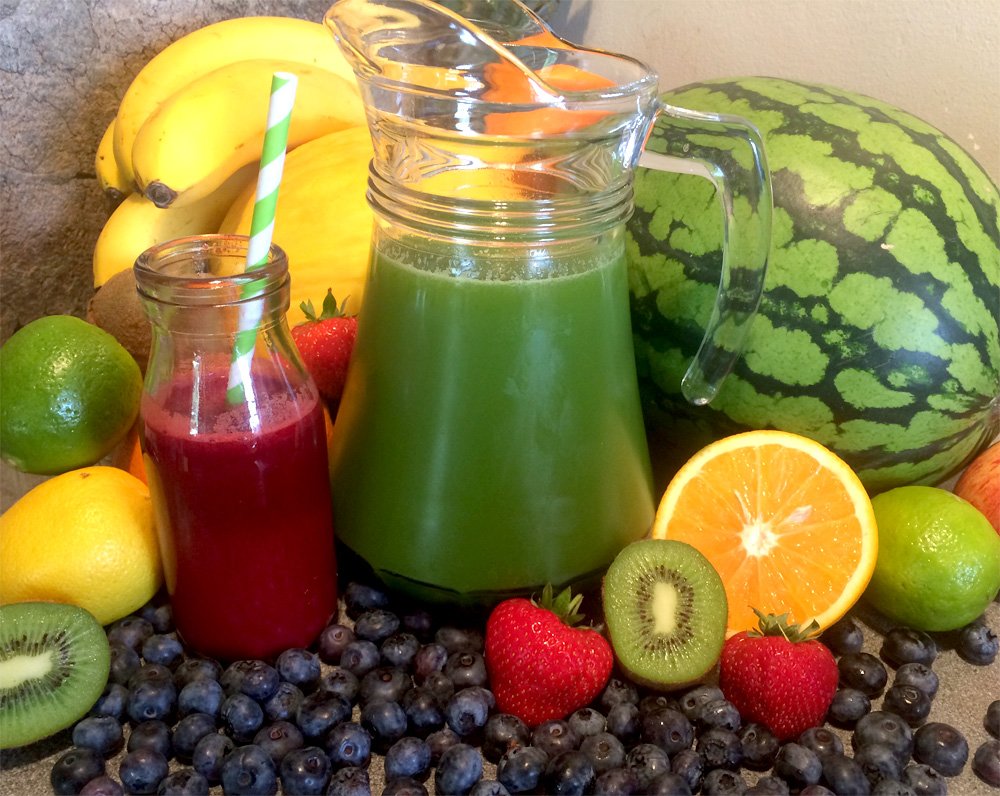
Introducing Toddlers to Juices: A Flavorful Exploration
The introduction to juices can be a culinary adventure for toddlers, marked by exploration and discovery. Employing strategies that align with their taste preferences and developmental stages can turn this experience into a positive and enjoyable journey.
Gradual Introductions: Nurturing Taste Preferences
Toddlers, often wary of new flavors, benefit from gradual introductions to different juice blends. Start with familiar fruits and gradually incorporate new ones. This stepwise approach allows toddlers to acclimate to the diverse tastes while ensuring that the experience remains enjoyable.
Interactive Juicing Sessions: A Multi-Sensory Experience
Transform juicing into a multi-sensory adventure by involving toddlers in the process. Allow them to touch and smell different fruits, fostering a connection to the ingredients. This interactive approach not only makes juicing a fun activity but also encourages a positive association with the beverages being created.
Flavor Profiles Aligned with Preferences
Understanding a toddler’s flavor preferences is key to crafting juices that resonate with them. Some toddlers may gravitate towards sweeter blends, while others may enjoy the tanginess of citrus fruits. By aligning juice recipes with individual preferences, parents can ensure that toddlers eagerly embrace this nutritious aspect of their diet.
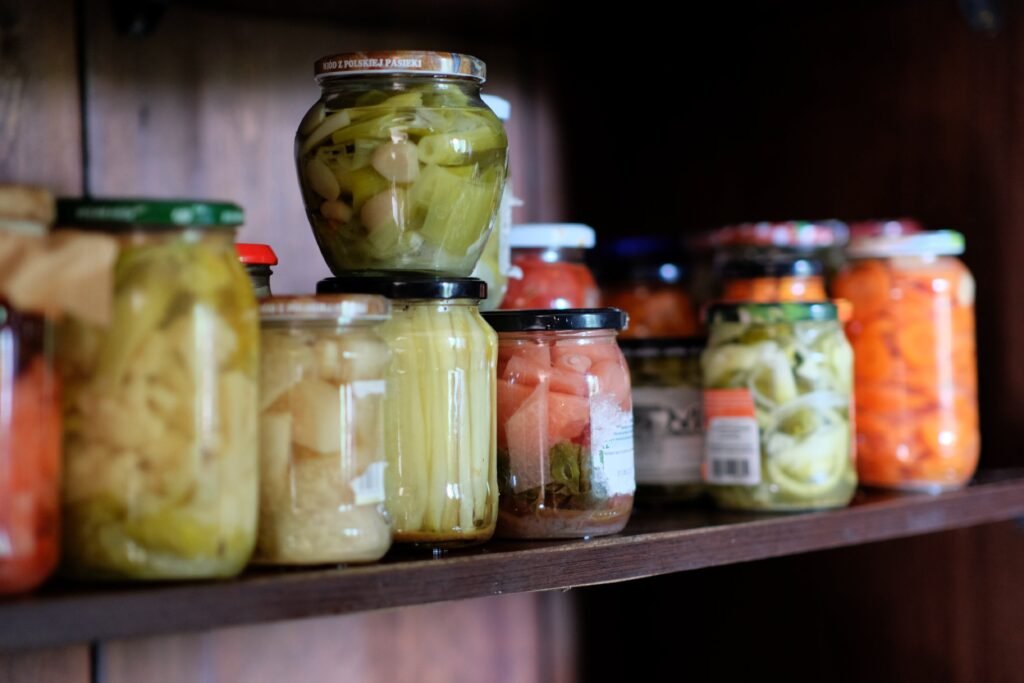
Juice Storage and Safety: Navigating Best Practices
Ensuring the safety and quality of stored juices is paramount in providing toddlers with a wholesome beverage experience.
Let’s explore the best practices for juice storage, address potential risks, and empower parents to make informed decisions regarding the shelf life of their homemade or store-bought juices.
Refrigeration: A Crucial Step
The refrigerator stands as a guardian of freshness when it comes to stored juices. Refrigerate homemade and store-bought juices promptly to slow down the oxidation process and inhibit the growth of harmful bacteria. T
his practice not only preserves the quality of the juice but also reduces the risk of contamination.
Limited Shelf Life: A Vigilant Approach
Juices, particularly those devoid of preservatives, have a limited shelf life. Keeping a vigilant eye on expiration dates and recommended consumption timelines is essential. This ensures that toddlers consume juices at their peak freshness, maximizing the nutritional benefits.
Signs of Spoilage: Red Flags to Watch For
Parents should familiarize themselves with signs of spoilage, such as off-putting odors, unusual colors, or changes in texture. These indicators serve as red flags, prompting a cautious approach. Discarding any juice that raises suspicions is a proactive step in safeguarding a toddler’s health.
In our final segment, we will encapsulate the key takeaways, summarizing the benefits, considerations, and guidelines for incorporating juices into a toddler’s diet.
By distilling this information, parents can approach juicing with confidence, knowing they are equipped with the knowledge needed to nurture their toddler’s health and well-being.

Nurturing Well-Being: Key Takeaways on Juicing for Toddlers
Embarking on the journey of juicing for toddlers involves a nuanced approach that balances nutritional benefits, safety considerations, and the unique preferences of each child.
As we distill our exploration into key takeaways, let’s reinforce the pillars that support a wholesome and positive juicing experience for toddlers.
Balancing Nutritional Benefits
Juicing, when approached mindfully, serves as a valuable conduit for essential nutrients. The diverse array of fruits and vegetables allows parents to tailor juice blends that contribute to a toddler’s growth, development, and overall well-being.
From immune-boosting vitamin C to the antioxidant properties of berries, the nutritional richness of juices is a powerful ally in nurturing well-being.
Safeguarding Dental Health
The sweetness of juices, while delightful to the taste buds, demands consideration for dental health. Parents should be mindful of added sugars in commercial juices and take proactive steps to minimize the risk of tooth decay.
Balancing the enjoyment of juices with dental hygiene practices ensures that toddlers can savor the flavors without compromising oral health.
Whole Fruits as Essential Companions
The American Academy of Pediatrics emphasizes the importance of whole fruits in a toddler’s diet. Juices should complement, not replace, the consumption of whole fruits.
Whole fruits contribute essential dietary fiber, fostering digestive health and providing a sensory-rich eating experience. Striking a balance between juices and whole fruits ensures a comprehensive approach to toddler nutrition.
Diligent Monitoring for Signs of Intolerance
Vigilance is key in recognizing potential red flags of juice intolerance in toddlers. Digestive distress, allergic reactions, and behavioral changes should be monitored closely.
Parents are encouraged to consult with pediatricians if any signs of intolerance or adverse reactions emerge, tailoring the juicing journey to the unique needs of their child.
Gradual Introduction and Flavorful Exploration
Introducing toddlers to the world of juices is an exciting journey marked by gradual introductions and flavorful exploration.
Parents can nurture taste preferences by incorporating familiar flavors, involving toddlers in interactive juicing sessions, and aligning flavor profiles with individual preferences.
Turning juicing into a positive and enjoyable experience sets the stage for a lifelong appreciation of nutritious choices.
Storage and Safety Practices
The final layer of a successful juicing experience for toddlers involves meticulous storage and safety practices. Refrigeration, adherence to limited shelf life, and vigilant monitoring for signs of spoilage are essential steps.
By prioritizing these practices, parents can uphold the nutritional integrity of juices, providing toddlers with beverages that are not only delicious but also safe.
In conclusion, juicing for toddlers is a nuanced endeavor that intertwines nutritional benefits with safety considerations and individual preferences. Armed with knowledge and a thoughtful approach, parents can navigate this terrain with confidence, fostering a foundation of health and wellness for their little ones.
As toddlers embark on their juicing journey, guided by the steady hands of their caregivers, they take sips not just of nutritious blends but of a lifelong appreciation for well-being and wholesome choices.
Useful Resources
- American Academy of Pediatrics (AAP) Guidelines on Juice Consumption for Toddlers:
- HealthyChildren.org – Nutrition for Toddlers:
- https://www.healthychildren.org/English/healthy-living/nutrition/Pages/Childhood-Nutrition.aspx
- Mayo Clinic – Juicing: Is it Healthier than Eating Whole Fruits or Vegetables?:

